If you have landed on this article, there are two big possibilities.
Either you are not a fan of dried beans and only try them occasionally for a blast of nutrition, or you found out that dried beans just went on sale and have now stacked up a couple of packs in your pantry just to make the most of your sale.
Hence, you have had dried beans or are planning to keep them for a long time. That ultimately brings you to the most important question, ‘Do dried beans go bad?’
What Are Dried Beans Anyways?
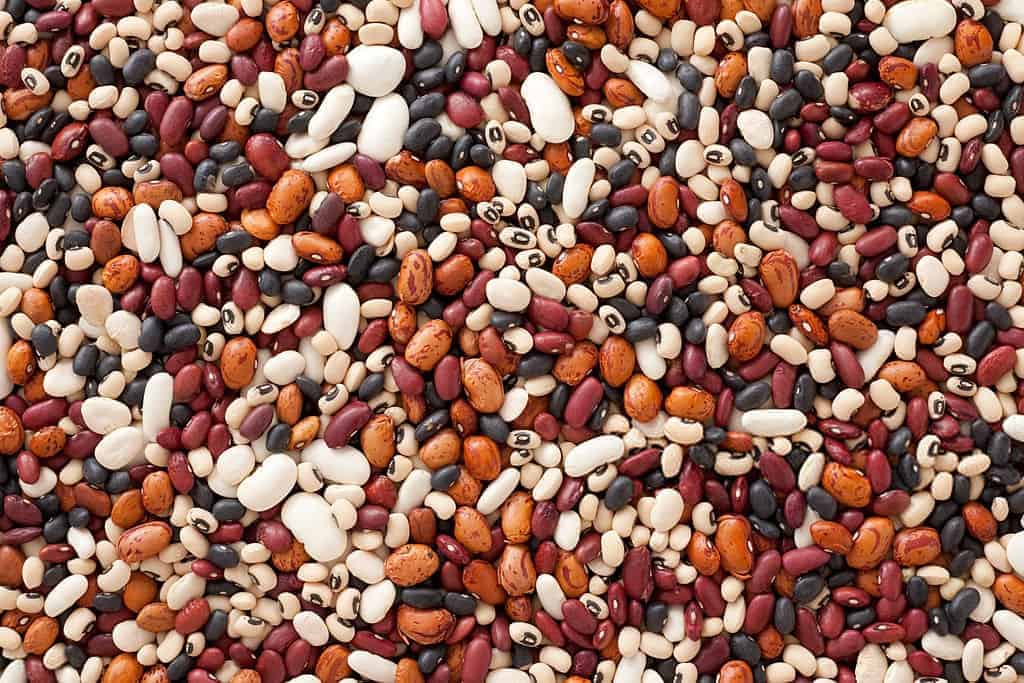
Dry beans or dry packaged beans are reconditioned beans that are packed inside different sizes of containers and sold all over the world.
These dried beans first need to be soaked and can be cooked separately, added in different recipes or used as side dishes for meals.
Dry beans come in many varieties, but they don’t include green, string or soy beans. They can be in sealed bags uncooked or in tin cans precooked.
Dried beans are also known as legumes. They are quite inexpensive and a terrific addition to your diet since they are rich in nutrients.
They are free from cholesterol, different types of carbohydrates and some fats.
They are also rich in vitamin B and fibers and are extremely helpful in relieving constipation and improving digestion. They are also known for preventing colon cancer and reducing the blood’s cholesterol levels.
Do Dried Beans Go Bad? How Long Do Dried Beans Last?
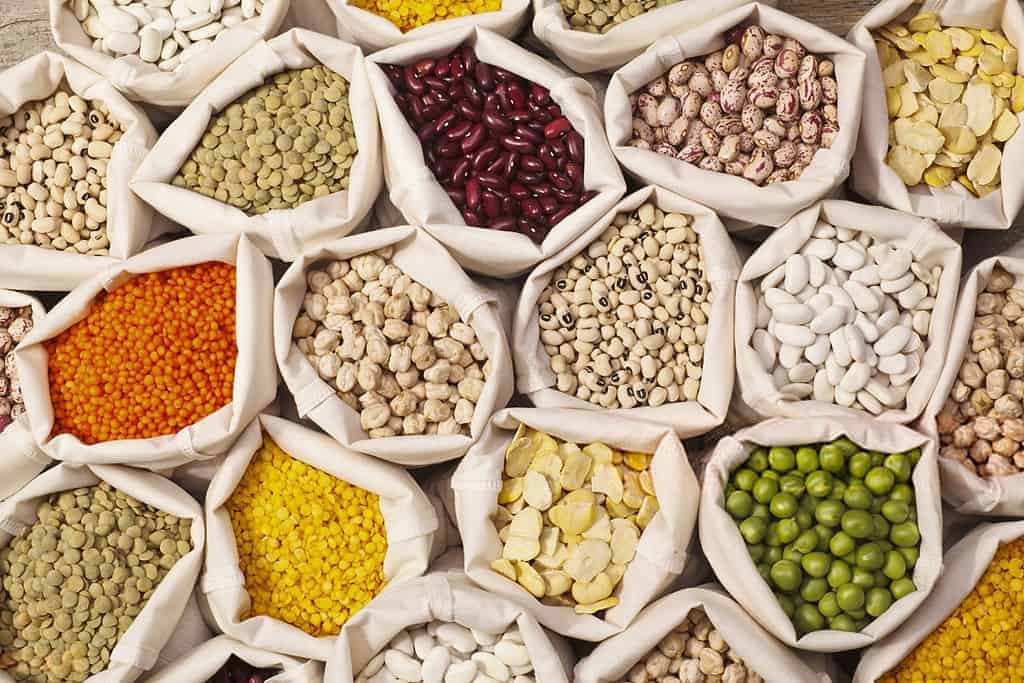
Depending on how you store them, dried beans can last indefinitely. Their shelf life also depends on factors like their Best By date and how they are prepared.
Keep in mind that an indefinite life doesn’t ensure that the beans will retain their taste and nutrients. It is better if you consume them within 2 to 3 years because they start losing their taste afterwards.
A normal package of dried beans has an expiration date of about a year, but that does not mean that they will not stay healthy and edible after it.
According to the USU, beans end up losing most, if not all, of their nutrients and vitamins by the end of 5 years. Then, they are only good for discarding.
The storage also plays a key role in deciding how long dried beans can stay usable. If stored in a normal plastic bag, they can last for a year or more.
However, if they are kept in #10 cans without any oxygen, they can stay good for as long as 10 years or even more.
Cold temperatures also increase their life by quite a margin. Hence, if you intend on storing beans for a long time, keep them in a freezer inside a plastic bag.
Like dried beans, chickpeas can also last you 2 to 3 years before they start going bad. However, they also need to be stored in proper storage areas with the right conditions or else they will eventually go bad.
How to Tell If Dried Beans Are Bad? Dried Beans Shelf Life!
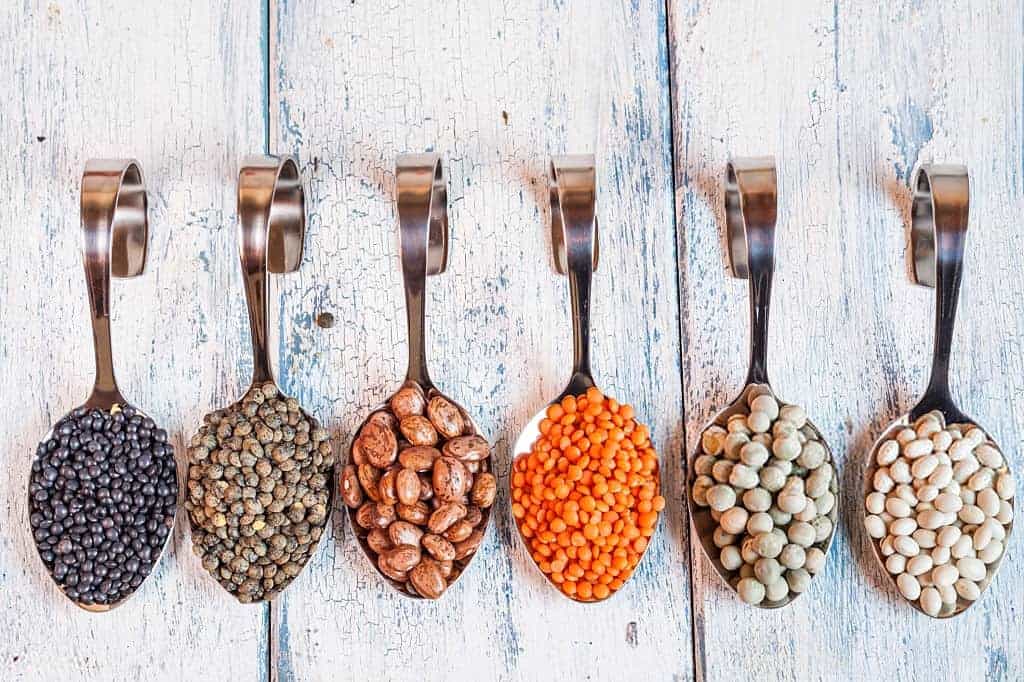
According to experts, dried beans stay in their prime nutritional form for 2 to 3 years. After this period, they start losing their vitamins and minerals and, as mentioned above, completely run out of them in 5 years.
Therefore, if your concern is about the nutrients you get from them, you’d be better off throwing the beans out after a maximum of three years.
If nutrients are not your primary concern, there are some other signs that you can check for.
Pantries sometimes tend to have bugs, so first off, check for any bugs in the jar or whichever container you have stored the beans in. If you find any bugs, discard the beans without any second thought.
Looking for molds is another thing that you can do. If you find any, again, throw the beans away. Other than that, rancid or off odor is another sign of beans either going or gone bad.
Faded or discolored beans usually happen due to exposure to light. It doesn’t mean that the beans have gone bad or that you can’t use them.
The key to keeping dried beans fresh and nutritious, therefore, depends on how well you have stored them and how well the storage conditions are.
Always keep an eye out for any bugs or pests that might inhabit your beans. Also, keep the airtight jar containing the dried beans in a cool, dry place, away from sunlight and heat.
How to Store Dried Beans Properly?
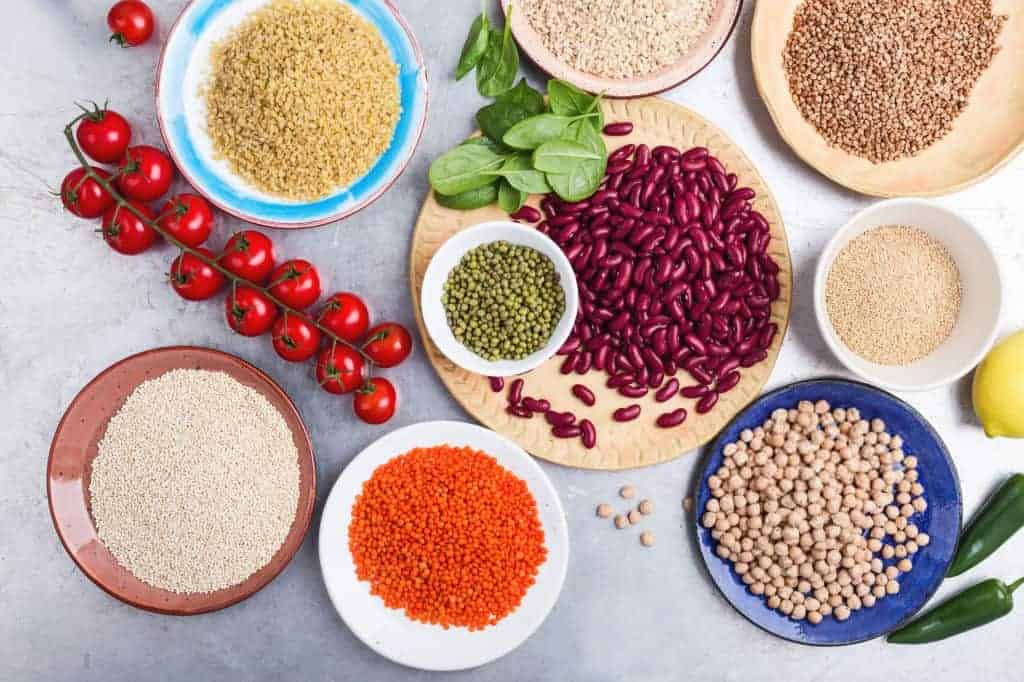
There are several ways that can ensure that your dried beans are stored safely and properly. Since they are already known for having a long shelf life, they can be stored for long periods of time for later use.
Although they can be used even after a year or more, it’s advised to use them within a year. They tend to get hard eventually, which means you will have to soak them for a longer time.
We will list down all the possible ways that we have found and that consumers use daily to store beans as mentioned by The Dollar Stretcher:
- Many people use glass jars to store beans. This is because they are usually airtight and transparent so that you can keep checking if your beans are alright and safe from any kinds of insects or pests.
- Dried beans can be kept in airtight freezer containers and put into freezers. This will keep them fresh and away from all kinds of insects.
- Another way is to keep them in glass containers and then put ice on them. As the ice melts, the carbon dioxide will take away the oxygen, making them safe and fresh.
- It’s recommended not to leave the beans in plastic bags as moisture is likely to accumulate in the bag if the weather is humid. You can transfer them to a jar instead and use vacuum sealer lids to let all the oxygen and air escape out, keeping the beans fresh.
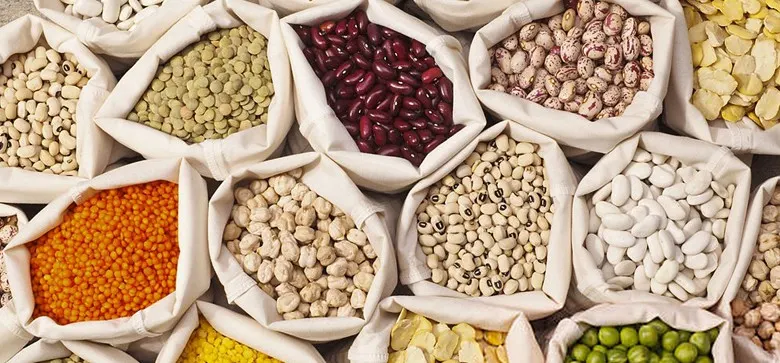
Do Dried Beans Go Bad? How Long Do Dried Beans Last?
Ingredients
- Dried beans
- Air-tight containers or Ziplock bags
- Labels and markers
Instructions
- Read the guide thoroughly to learn how long it lasts.
- Label your container with the content and date and keep track of how much you’re using!
- Make sure to store in an airtight container in a cool, dark place (pantry or fridge).
